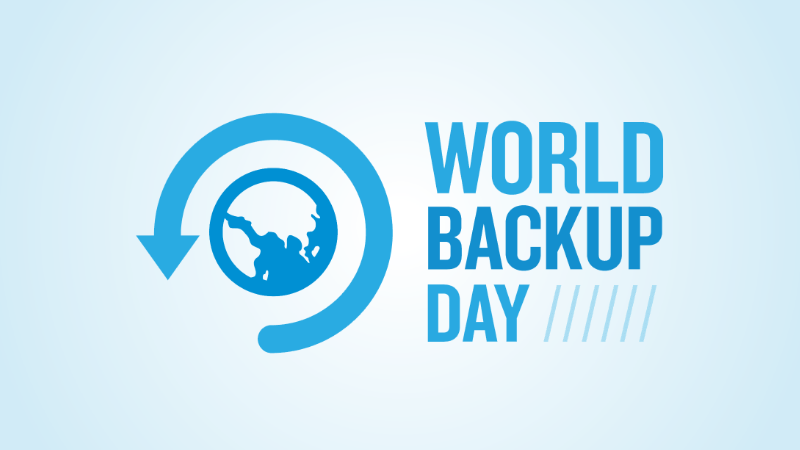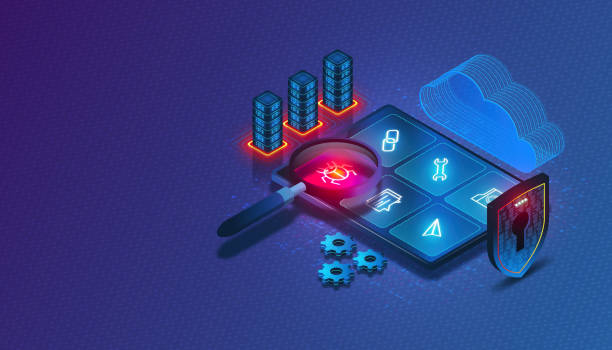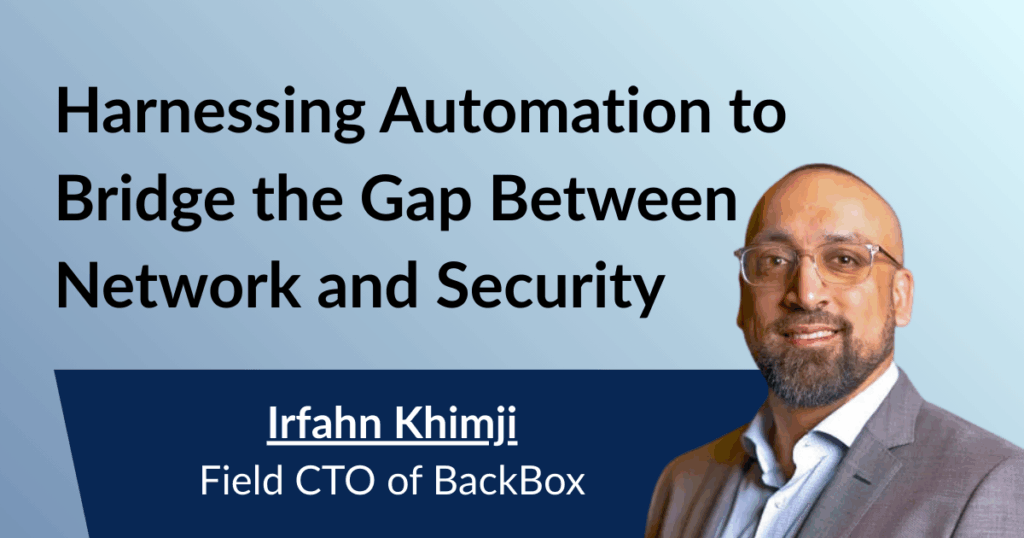World Backup Day 2025: 8 Facts to Consider About Your Network Backup

The World has Changed
Another year and another World Backup Day is fast approaching on March 31st.
Originally aimed at preventing hardware-driven data loss, the purpose of World Backup Day has evolved. Now, backups serve as a crucial defense against ransomware, emphasizing the importance of data protection, threat intelligence, and resilience. It has transformed from a simple backup solution into an essential component of a strategic cyber resilience plan.
Today, the threat of cyber attacks is everywhere. It isn’t a matter of “if” but “when” the systems that run your business will be disrupted somehow. Ask any IT manager if their team has a cyber recovery and backup plan, and they will say, “Of course!” But is that plan truly enough? Simply having a plan does not indicate a company is prepared to recover from an outage quickly.
8 Facts (and Questions) About Your Network Backup Strategy
Network cyber resilience starts BEFORE the attack…and it never ends. To ensure your company’s cyber backup and recovery strategy is on par with today’s best practices, ask your IT team these eight questions:
- Are we prepared for the worst?
Planning and preparing for an incident is essential, as is understanding the process and protocols for quickly resuming operations. If your organization needs to restore its network from scratch, that process should be automated.
FACT: Regardless of how skilled your IT and security team is, relying on individuals to manually create and execute scripts for network restoration is unrealistic. It’s slow, disruptive, and error-prone.
- What exactly is being backed up?
Your team should be able to provide specifics (e.g., creating backup instances of operating systems installed on networking devices, backing up all stored data, backing up network configuration files, etc.). However, if they cannot supply a specific and complete list of everything being backed up, this indicates too much ambiguity in the existing plan, and additional parameters are necessary.
FACT: If your entire network needs to be restored, you cannot afford to overlook any components.
- How often are backups occurring?
There should be a regular schedule for how often backups occur and guidelines on what type of incident may prompt an ad hoc backup (e.g., any configuration changes).
FACT: Use this opportunity to evaluate whether the current schedule is sufficient or if it should happen more frequently. The frequency of backups depends on the criticality of your network data and how often configurations change. Generally, daily or even hourly backups are recommended for critical data, while weekly or monthly backups might suffice for less critical data.
Factors to consider:
- Data sensitivity: How important is the data?
- Change rate: How often do configurations change?
- Recovery Point Objective (RPO): How much loss is acceptable in case of a failure?
- Budget and storage: Can you support more frequent backups? More storage equals increased costs.
- Legal and regulatory requirements: Do you have specific backup requirements?
- Do you know the configurations for all devices connected to your network?
Too often, important information is scattered across various locations or resides solely in the minds of specific IT staff. Thoroughly documenting and automating this information facilitates a smooth recovery during an outage and enhances the reliability of IT systems.
FACT: Organizations can create a more resilient network infrastructure by prioritizing documentation practices.
- What were the latest patches applied, and when?
Patch management is another aspect of network health that is often done ad hoc and poorly documented. Failing to stay on top of available patches will almost certainly lead to a security incident, as 56% of breaches resulted from a known and unaddressed vulnerability.
FACT: It is essential to remain fully informed about the patches currently installed, understand which updates are necessary for each system, and know how to verify that the patches have been installed correctly.
- Is our recovery time improving?
Ask your team to review historical data on the last several outages. Recovery time and overall efficiency should be improving. If they are not, adjustments to the backup strategy still need to be made.
FACT: Network automation should be leveraged as a key tool for restoring the network as quickly as possible.
- Who presses the button?
Every IT team member should be ready to conduct emergency operations during an incident. Instead of relying on just a few individuals to manage the critical tasks and make a difference, one of those individuals might be out sick, on vacation, or have recently left the organization.
FACT: It’s crucial that a recovery operation can be performed quickly, efficiently, and by anyone you designate.
- Do you trust the outcome?
As your team becomes more cyber resilient, it is essential to know if your recovery solution provides logs of the commands and function results and if these can be interpreted by everyone on the team. Rather than a complex, homegrown process known only to a few.
FACT: Implementing a recovery strategy with simple actions ensures that the results will always be reliable and trackable.
Posing these questions to your IT team will help validate whether your current backup strategy is sufficient or if changes need to be made. You may need more precise definitions of what needs to be backed up, or you may need to evolve the process so that anyone on the IT team can run emergency operations instead of a select few.
Learn how a network cyber resilience platform like BackBox can do the heavy lifting on an optimized cyber resilience strategy and enable your team to scale, simplify management tasks, and reduce risk. Request a demo to see our solution in action.



